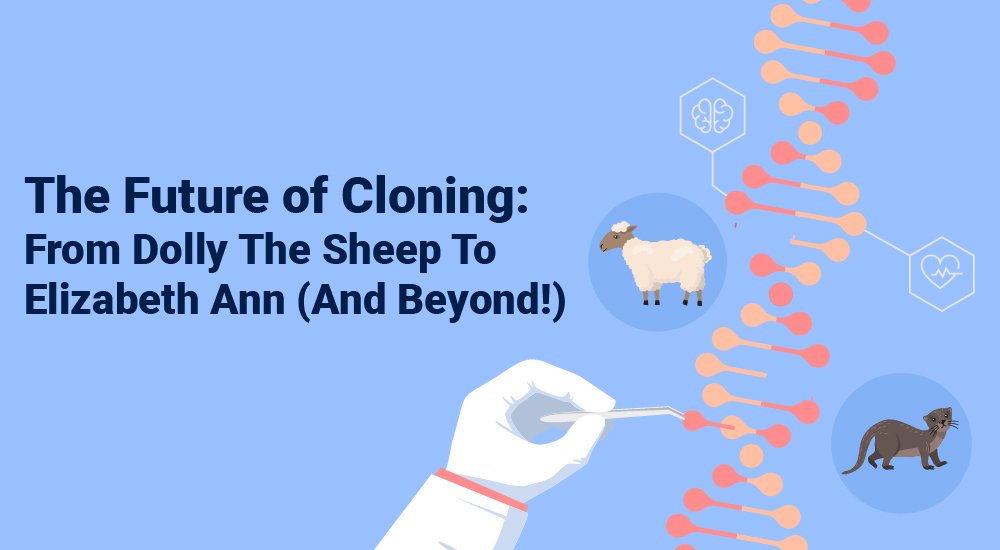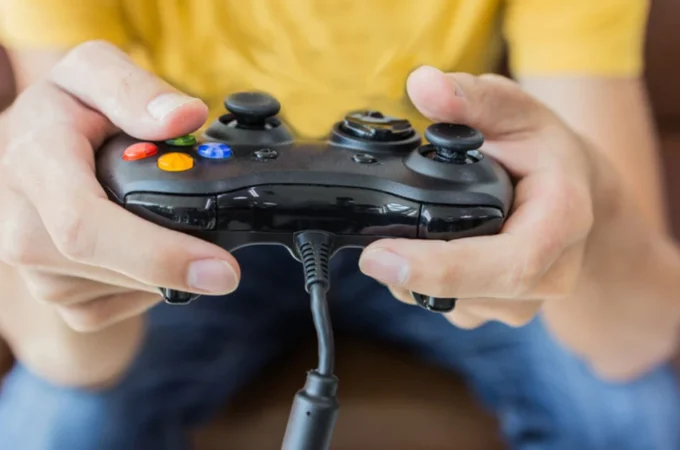
A Short Guide To The Future of Cloning
A guide to cloning and what it means for our future
The first animal was successfully cloned in 1958, since then the world has been fascinated by the subject.
As a species, we have filled libraries with books about killer clones, we’ve made a huge amount of TV shows about them, and they’re even a key feature of the Star Wars universe.
But what does the future of cloning really look like? Will we really see armies of clones fighting wars for us? Or will it be something on a much smaller scale – like using the technology to bring back extinct species?
Read on to find out more.
What is Cloning?
Cloning is the act of using science to make beings with identical DNA out of another being’s DNA.
As we mentioned above the first successfully cloned animal (a tadpole) was made in 1958. Since then science has advanced a long way. With larger, more complex clones being made and living into their adulthood.
Check out https://www.mybiosource.com/learn/future-of-cloning/ for a deeper dive into the history of cloning and the things science has achieved thanks to it.
However, we are yet to see any human clones being made. Will this ever happen? How can cloning be used to help us in the future?
How will it change the future?
There are three main fields of cloning – cloning plants, cloning animals, and cloning humans. We will cover the future of all three of these today.
Cloning Animals?
All of the current work in cloning has been done on plants or animals. So, we have a clearer idea of how these experiments can improve our future.
Changing our food
There are many ways through which cloning animals can improve our future. Quite a few of these ideas can change the way we eat.
One of the interesting ways cloning animals would change our lives is through the concept of Biopharm. This encompasses the idea of naturally introducing medicine into our diets. This could wipe out the need for people to go through processes like Dialysis or painful injections to receive treatment.
Scientists are looking at breeding animals so that they naturally produce things like B12 the same way that they produce other essential minerals like Calcium.
The team that was working on cloning Dolly the Sheep started cloning goats whose milk is high in an enzyme that is essential for the blood clotting process in humans. Some people do not produce this naturally so have to get painful injections so that they can heal their wounds.
Drinking this type of milk every day could replace their need for these daily injections.
Scientists are also experimenting with growing meat in laboratories. This would be identical to the meat we eat now in every way, except that it won’t need to be harvested from a real animal.
If this were possible to do on a large scale there would be no need to mass farm meat. Lots of farmland would become available for other projects. And we could produce meat with a lot less waste product than the current methods.
As well as taking up a lot of land, farming meat takes up a lot of our resources. Some studies say that if we stopped feeding animals then we would have enough food in the world to feed its entire population twice over.
It has even been suggested that this meat could be considered vegan as it has not been harvested from any animal. However, there are some who disagree with this as the original animal who was cloned would have to be killed at the start of the process.
Saving species?
There have also been some studies that are developing a process that could bring back extinct animals.
There are still some ethical issues surrounding this idea as we do not know how this will affect the current ecosystem of the world.
However, we could see the return of long extinct species like Mammoths. This technology will also be used to clone endangered species to try and prevent their extinction.

Cloning plants?
Cloning plants is the most natural form and longest-running form of cloning. Many types of plants can actually self-clone. They have developed this ability through natural selection to make sure that their best genes survive.
Any future cloning that takes place on plants will be to speed up this process.
Changing the way we eat?
The process of cloning plants could change the way that we eat as a society.
As the environment around us changes we may need to change how we eat. However, through a process of natural mutations, GMO, and gene splicing we may be able to develop plants that cope better with the new environments.
We may also be able to develop plants that require fewer resources to grow. This would allow us to devote more space to producing renewable energy, housing, or rewilding projects.
Cloning Humans? Will it ever happen?
Finally, we’ve got to the question that is on everyone’s lips – will human cloning happen soon?
While it may happen in the very distant future, we cannot see any government or scientific body approving experimentation with human cloning.
Other genealogical studies like gene-splicing are still yet to get approval for human testing.
When it comes to editing human DNA there is a wide range of ethical issues that are thrown up. These types of experiments have received opposition from religious and scientific communities alike.
With people being concerned about the effect selective breeding and forced evolution could have on us as a species.
Do we have the right to remove medical issues like Autism and Down Syndrome from our gene pool? Should parents be allowed to chose the sex of their baby? Is it ableist to choose good and bad human traits, and so wipe out the bad ones?
These are all questions that will have to be answered before human cloning experiments can begin.




